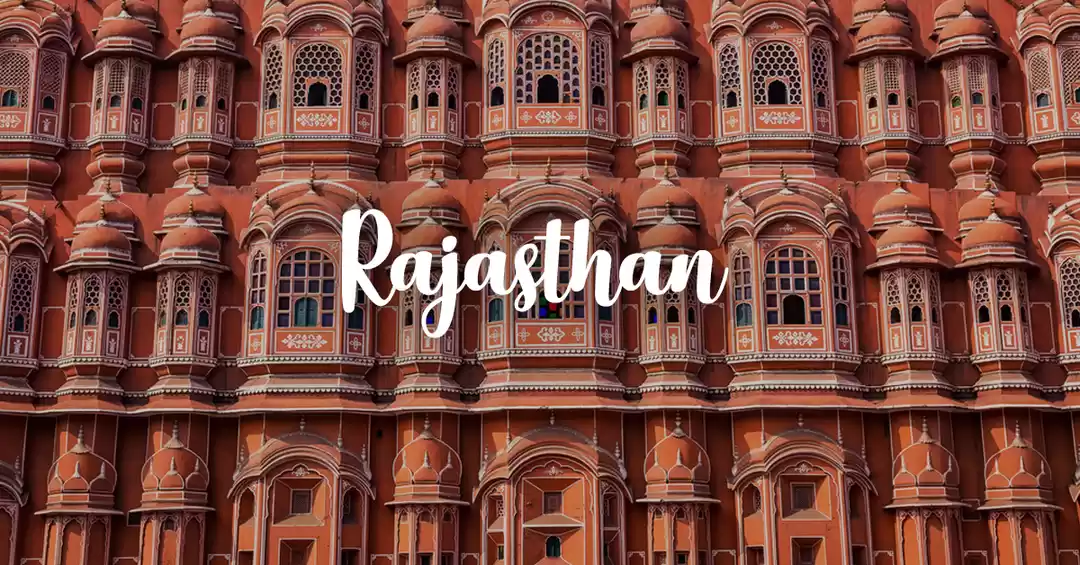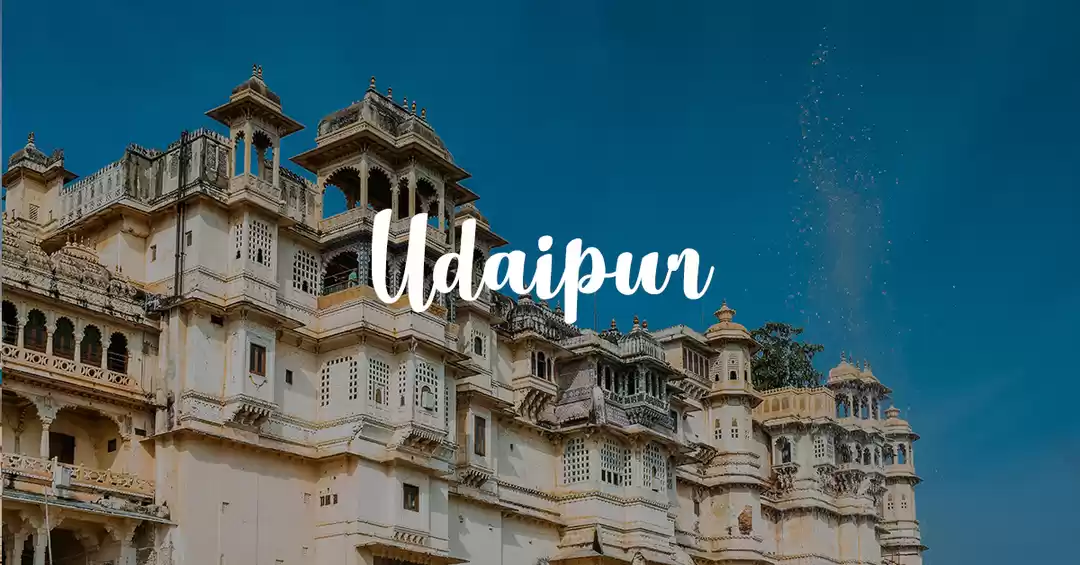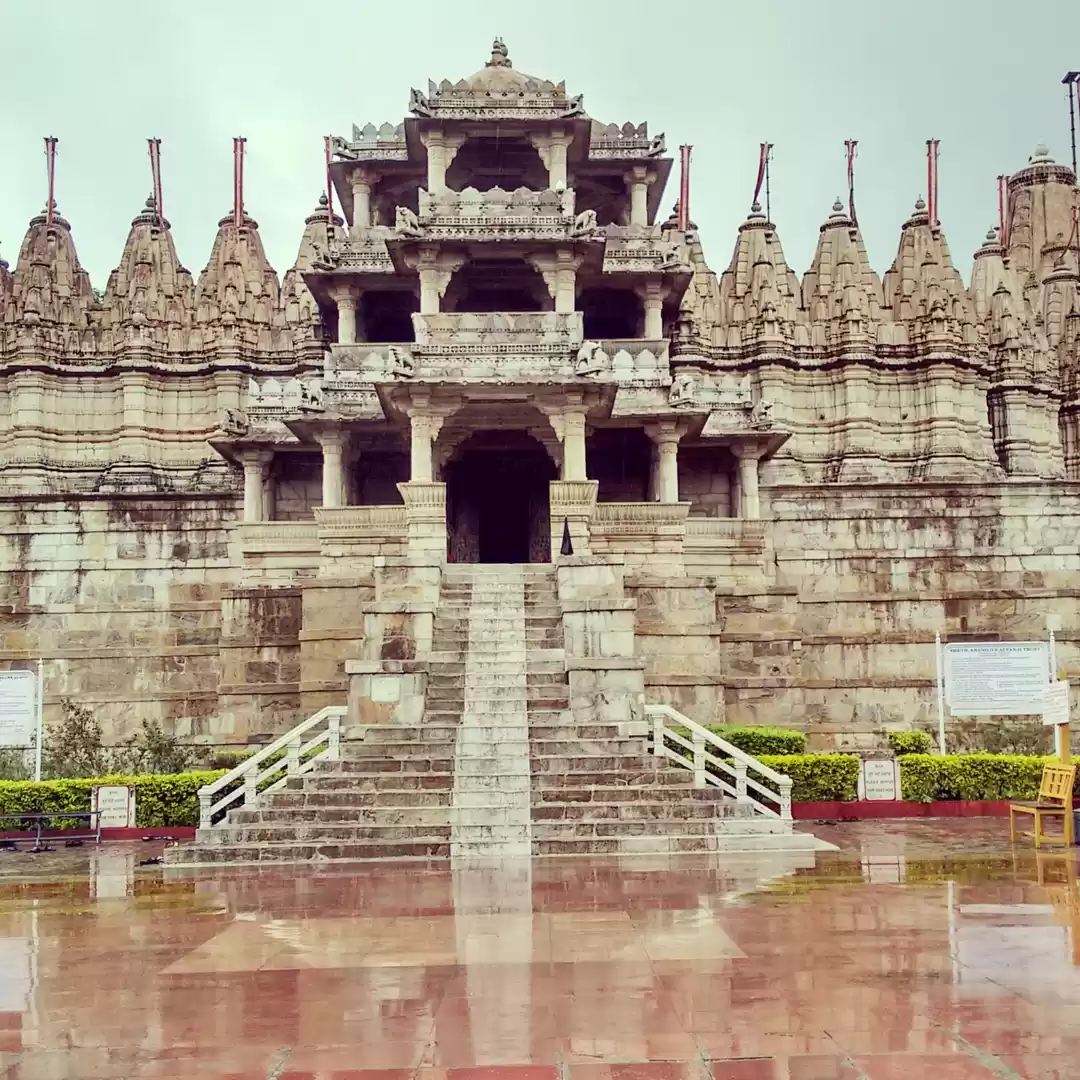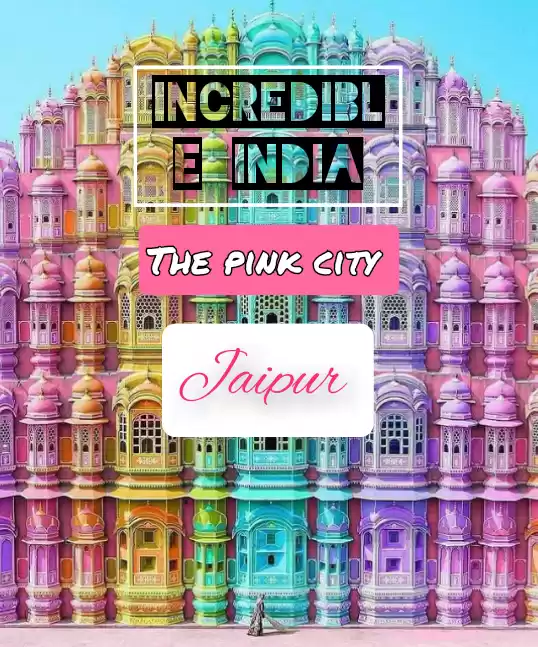
Nahargarh Fort stands on the edge of the Aravalli Hills, overlooking the pink city of Jaipur. The narrow road leads to this place is dotted by old architectures and temples. The stretch to Nahargarh fort is used as a picnic spot by the local residents of Jaipur.

The artistic beauty of temple gets a boost by the usage of white Marble combined with red sand stone. Shiva temple at Amber Vatika welcomes the visitors with the sound of evening prayers and bells. The atmosphere is surreal.

Spread over 17 acres of land, Amber Vatika is a destination synonymous with fun, frolic, entertainment and provides an opportunity to experience the true colors of the desert state. Similar to the culture of state, it is here that guests or Atithi are treated as Gods and Goddesses and they are welcomed, entertained, fed, and requested to visit again in the traditional Rajasthani style. The village is live from dusk to dawn presenting, and in a way preserving the cultural heritage of Rajasthan. From live music and dance performances to village stalls, dark cave – Gufa, labyrinth, snake and ladder to a real fortune teller, it all is an entirely different lively life always. Alternative to the Chokhi Dhani which is just across the road. I've been to both these places, they have similar things to offer.

Albert Hall Museum is the oldest museum of the state and functions as the State museum of Rajasthan. The building is situated in Ram Niwas Garden outside the city wall opposite New gate and is a fine example of Indo-Saracenic architecture. The building was designed by Sir Samuel Swinton Jacob, assisted by Mir Tujumool Hoosein, and was opened as public museum in 1887. It is here from where you can purchase the combined pass for all the places that you want visit during your stay at Jaipur.

The Man Sagar Lake, is situated to the north of Jaipur city lies between Amer, the historic city and Jaipur. It has a water spread area of 300 acres and is enclosed by the Aravalli hills on the north, west and eastern sides, while the southern side consists of plains that are intensely inhabited. The road to Nahargarh Fort in the hills provides a commanding view of the Man Sagar Lake and the Jal Mahal palace.

Hawa Mahal (English translation: "Palace of Winds" or "Palace of the Breeze") is a palace in Jaipur, India. Lal Chand Ustad was the architect of this unique structure. Built in red and pink coloured sand stone, in keeping with the décor of the other monuments in the city, its colour is a full testimony to the epithet of "Pink City" given to Jaipur. This high screen wall built so the women of the royal household could observe street festivals while unseen from the outside. Constructed of red and pink sandstone, the palace sits on the edge of the City Palace, and extends to the zenana, or women's chambers. This is situated at the center of the main bazaar, that is dotted with shops selling local craft and clothes and restaurants that offer sumptuous Rajasthani snacks and food.

Jai Mandir, is exquisitely embellished with glass inlaid panels and multi-mirrored ceilings. It is also known as Sheesh Mahal (mirror palace), the mirror mosaics and colored glasses were a "glittering jewel box in flickering candle light". Sheesh mahal was built by king Man Singh in 16th century and completed in 1727. It is also the foundation year of Jaipur state.

Maota Lake is located at the base of Amber Fort. The lake contains an island in the center, named Kesar Kyari Bagh. The island has a saffron garden, whose plants are said to have been planted by a Maharaja in the 15th century. The Dil-Aaram Bagh is situated on the northern end of the lake. The lake collects rain water flowing down from the nearby hills and was the main source of water for the Amber Fort and common people.

Jaigarh Fort is situated on the promontory called the Cheel ka Teela (Hill of Eagles) of the Aravalli range. It overlooks the Amber Fort and the Maota Lake, near Amber in Jaipur, Rajasthan, India The fort was built by Jai Singh II in 1726 to protect the Amber Fort and its palace complex and was named after him.
The fort, rugged and similar in structural design to the Amber Fort, is also known as Victory Fort. The fort features a cannon named "Jaivana", which was manufactured in the fort precincts and was then the world's largest cannon on wheels. Jaigarh Fort and Amber Fort are connected by subterranean passages and considered as one complex.

Nahargarh once formed a strong defense ring for the city. The fort was originally named Sudarshangarh, but it became known as Nahargarh, which means 'abode of tigers'. The popular belief is that Nahar here stands for Nahar Singh Bhomia, whose spirit haunted the place and obstructed construction of the fort. Nahar's spirit was pacified by building a temple in his memory within the fort, which thus became known by his name.

Amber, or Amer, derives its name from the Ambikeshwar Temple, built atop the Cheel ka Teela. Ambikashwara is a local name for the god Shiva. However, local folklore suggests that the fort derives its name from Amba, the Mother Goddess Durga.
The Palace is divided into four main sections each with its own entry gate and courtyard. Main entry is through the Suraj Pole (Sun Gate) which leads to Jalebi Chowk, the first main courtyard. This was the place where armies would hold victory parades with their war bounty on their return from battles, which were also witnessed by the Royal family's women folk through the latticed windows.

The Jal Mahal palace is considered an architectural beauty built in the Rajput and Mughal styles of architecture providing a picturesque view of the lake. The palace, built in red sandstone, is a five storied building out of which four floors remain under water when the lake is full and the top floor is exposed. The rectangular Chhatri on the roof is of the Bengal type. The lake is frequented by locals in the evening and is place to unwind. You can take Camel and Elephant ride here.

Kathryn Elizabeth Smith (Kate Smith) The first lady of Radio, An American singer, a contralto, best known for her rendition of Irving Berlin's "God Bless America" said this about Jaipur
"Resplendent in the hues of its noble and magnificent past, the historic city of Jaipur stands out as one of the most spectacular and culturally vibrant destinations in the world."
Jaipur rich glory and past has been preserved magnificently and is a treat for travelers seeking solitude in the glorious past and heritage of this famous city. The city of Jaipur was founded in 1727 by Jai Singh II, the Raja of Amer who ruled from 1688 to 1758.
The city was planned principles of ancient Indian wisdom Vastu shastra and Shilpa Shastra under the architectural guidance of Vidyadhar Bhattacharya.
I have traveled twice to Jaipur and I have always been in awe with the amount of places to explore and I've only explored the tip of the iceberg.




































